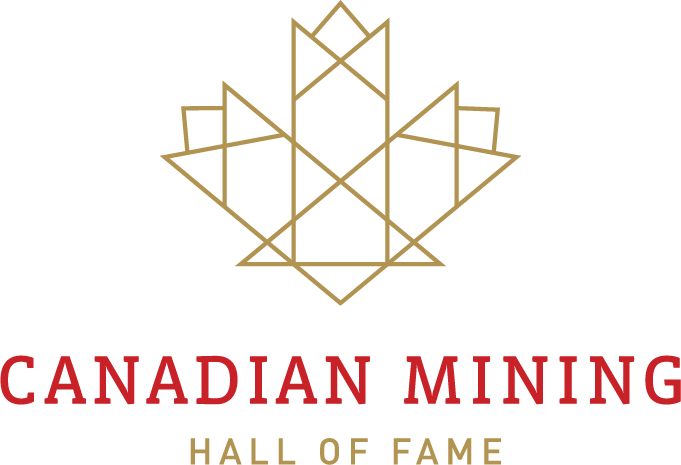
CIM Distinguished Lecturers
2003CIM Distinguished Lecturers
2022Medal for Meritorious Contributions to Mining (sponsored by Vale Base Metals)
2005CIM Fellowship
2009Robert Elver Mineral Economics Award

Bill Roscoe is a geologist with more than 50 years of experience in the mining industry in Canada and internationally. After working as an exploration geologist and consultant, he co-founded Roscoe Postle Associates Inc. (RPA) in 1985 and served as president, chairman, and chairman emeritus until its acquisition by SLR Consulting in 2019. He was instrumental in growing RPA into a nationally and internationally recognized geological and mining consulting firm with offices in Toronto, Vancouver, Denver, and London (UK).
Since 1999 Roscoe has been co-chair of the CIM Special Committee on Valuation of Mineral Properties (CIMVAL). The CIMVAL Standards are now globally recognized and referenced by the TSX-V and other international stock exchanges. He represents CIMVAL on the International Mineral Valuation Committee (IMVAL) and is a past chair.
Roscoe has published many papers and given numerous presentations and workshops over the past 40 years in Canada and internationally on valuation of mineral properties and mineral resource estimation. He taught a course for five years on mineral resource estimation as an adjunct professor at the University of Toronto.
Roscoe has a B.Sc. (Eng.) from Queen’s University and M.Sc. and Ph.D. degrees from McGill University, all in geological sciences. He is a P.Eng. in Ontario and British Columbia and a Life Member of CIM, the Prospectors & Developers Association of Canada (PDAC), and the Association of Mineral Exploration BC (AMEBC).
Distinguished Lecturer 2003-2004
Lecture Abstract
A Preliminary Economic Assessment (PEA) is often the initial evaluation of a mineral property after mineral resources have been delineated. The main purpose is to determine if the property offers sufficient encouragement to justify further expenditures to collect more data for more rigorous economic analysis. A discount rate of 5% is commonly used for cash flow analysis in the PEA to calculate the Net Present Value (NPV). Is the NPV at this discount rate indicative of the Market Value of the property?
To investigate this question, my colleagues and I compiled information on numerous properties with PEAs over the past decade. For those properties which were bought and sold, we compared the NPV of the PEA with the Market Value of the transaction on each property. For properties that did not transact, we compared the NPV with the adjusted Market Capitalization of the company for which the property was its major asset
We observed that the NPVs in the PEAs were significantly higher than both the Market Values of the transactions and the adjusted Market Capitalizations. We concluded that, to bring the NPV into line with the Market Value and Market Capitalization, a discount rate in the order of 15% to 20% would be required.
 - dev.png)

